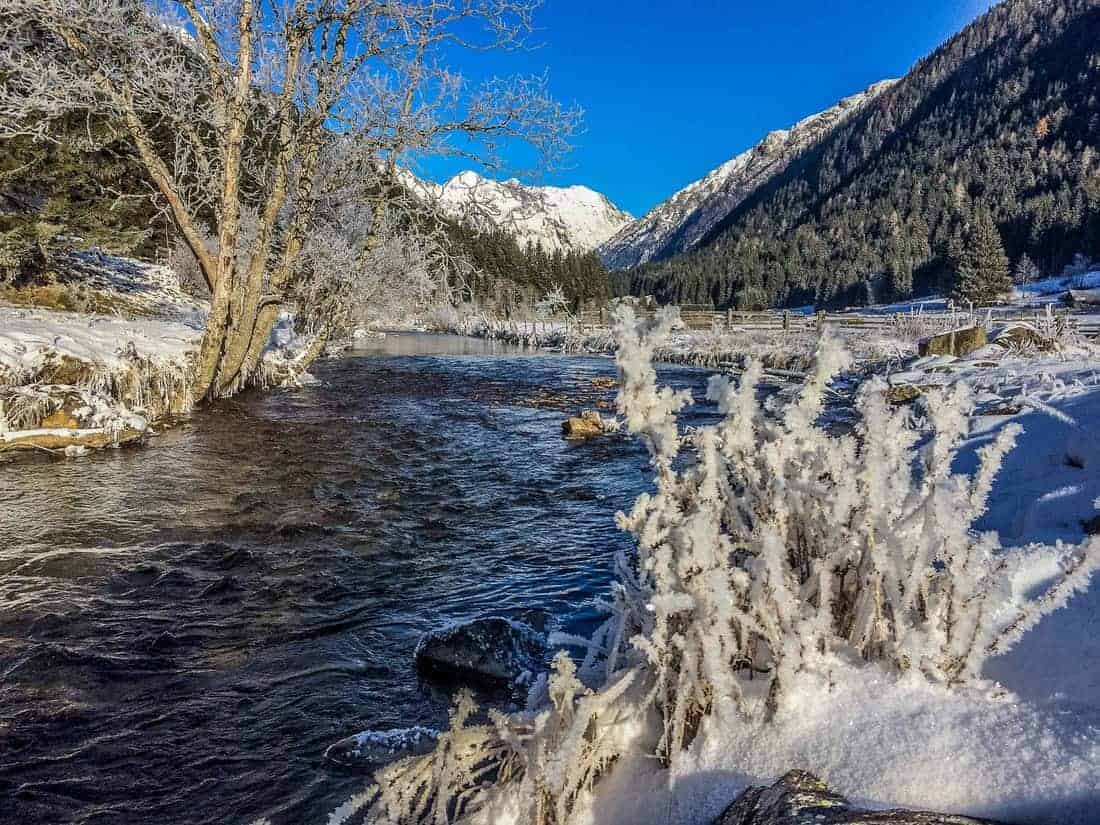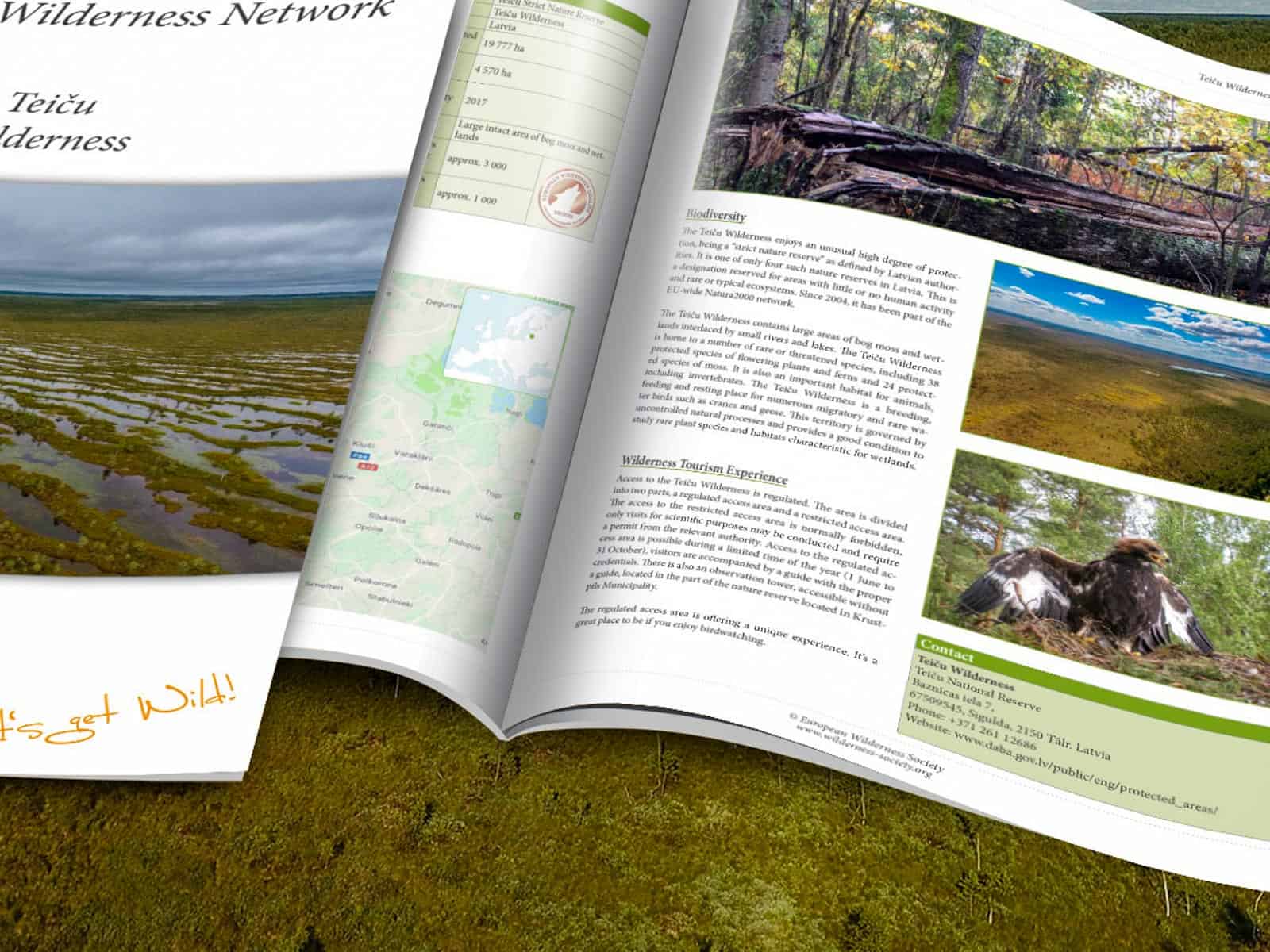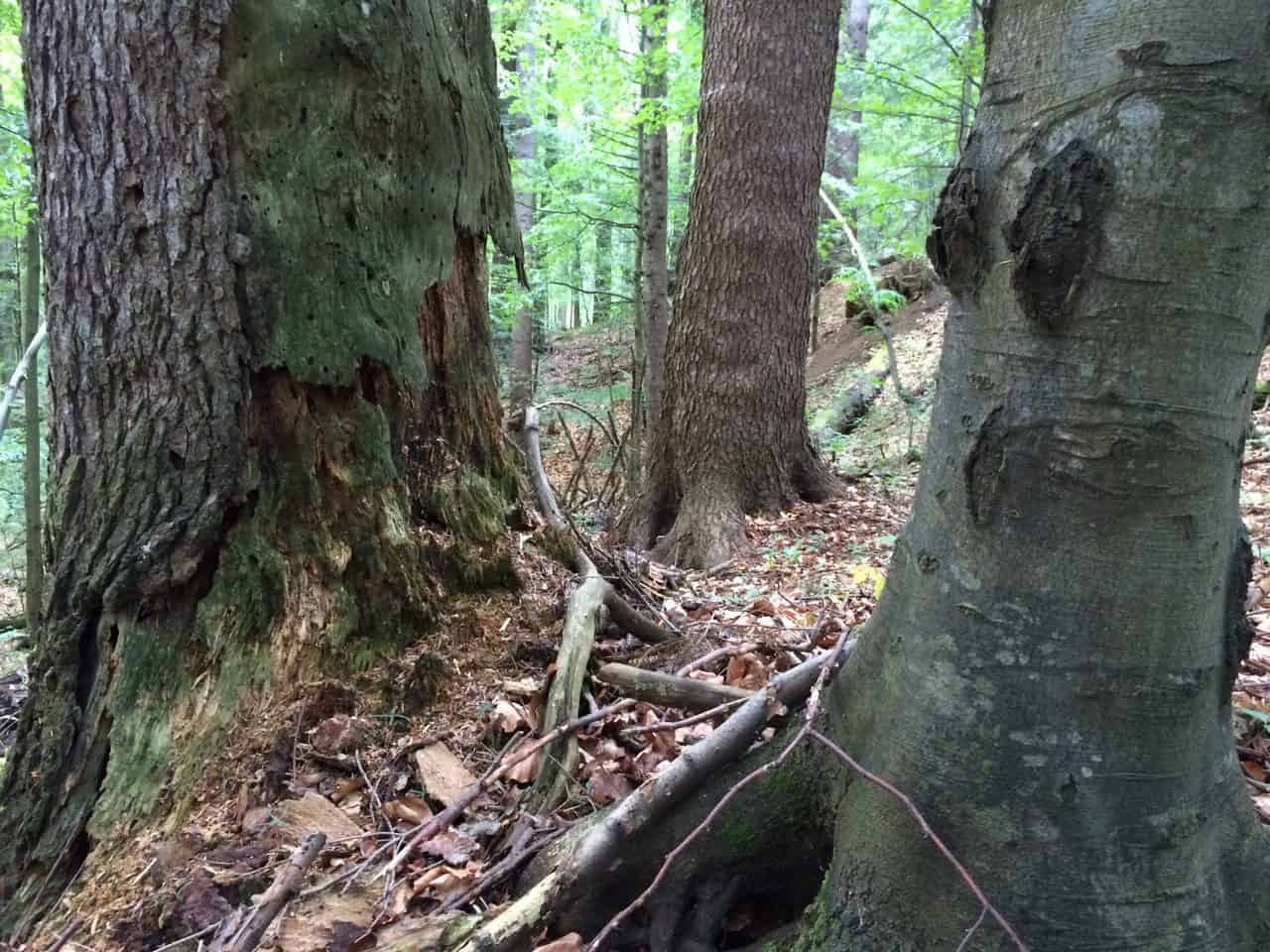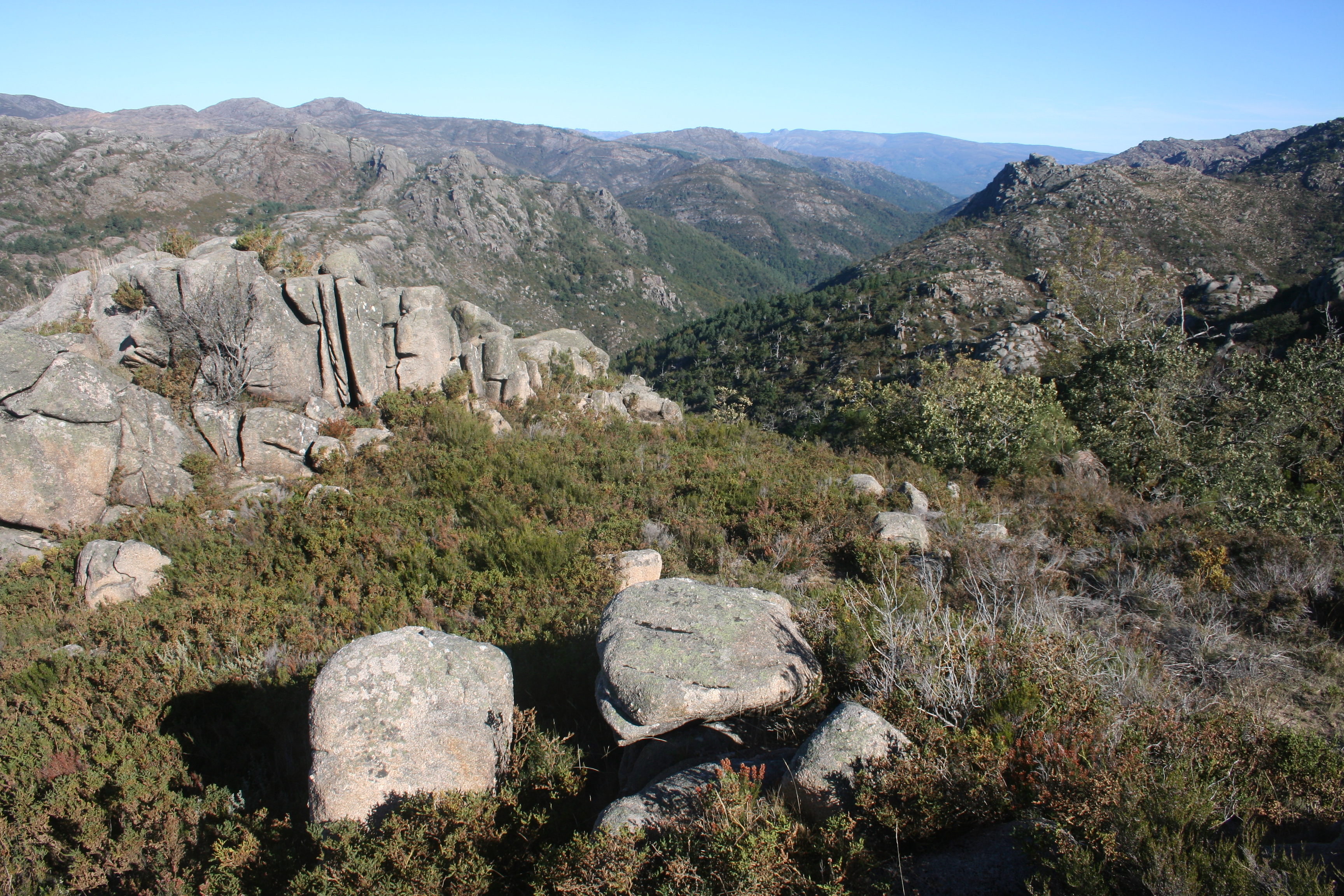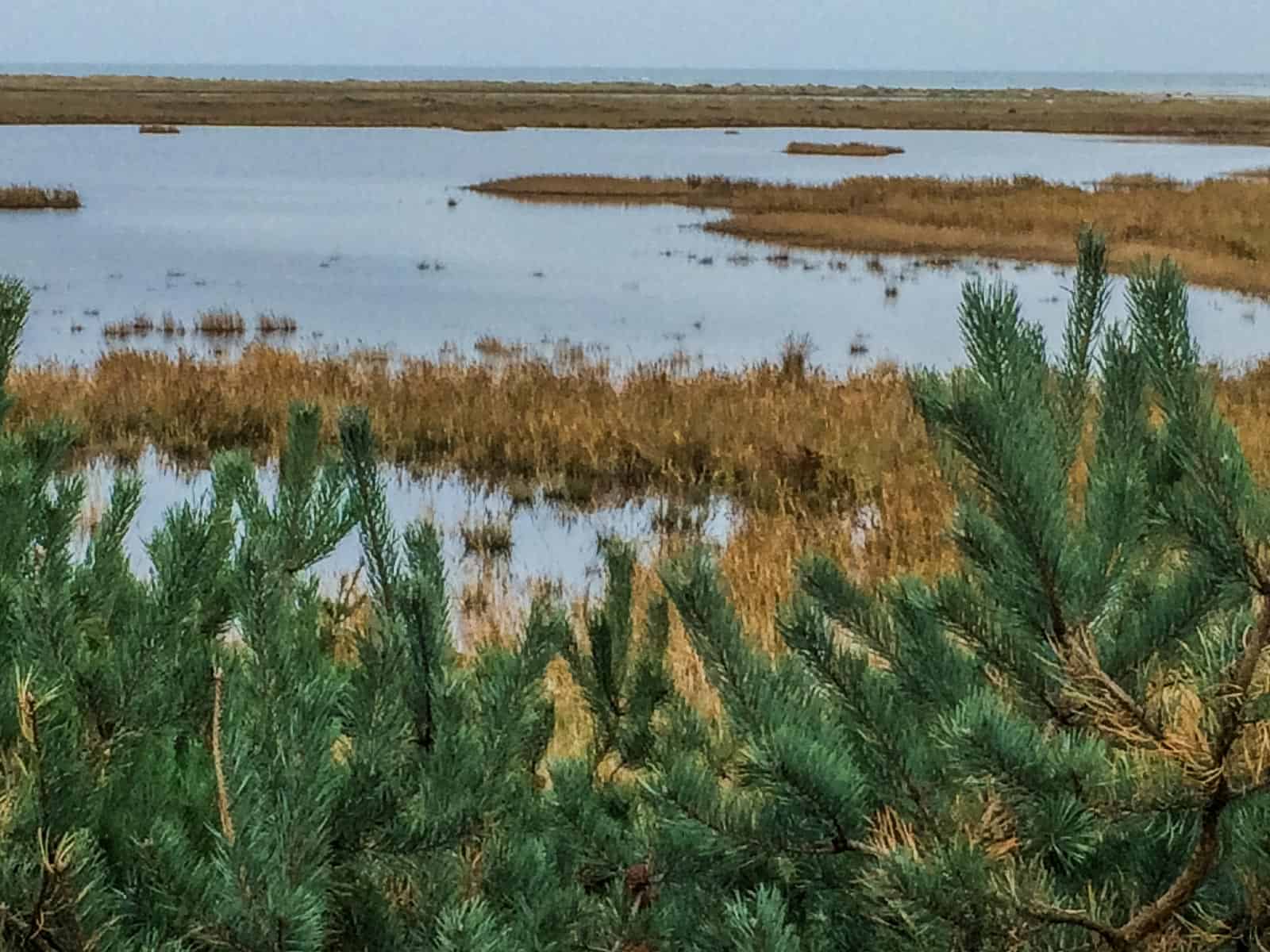New EU Nature Restoration Law as an urgent speed up for biodiversity and climate
We welcome the new nature restoration law that was proposed by 22nd of June by the European Commission. It sets legally binding targets for member states on pollinators, wetlands, rivers, forests, marine ecosystems, urban areas and peatlands. It is the first continent-wide, comprehensive law of its kind that explicitly targets the restoration of Europe´s nature.
Rescue plan for Europe´s ecosystems
The nature restoration law has the goal to repair the 80% of European habitats and set protection measures for the up to 70% of European species that are in poor or unvafourable condition according to the Flora-Fauna-Habitats-directive. It shall bring back nature to all ecosystems, including forests, agricultural land and freshwater ecosystems
The Nature Restoration Law has set the scene for the EU to be a leader in the global biodiversity framework negotiations under the Convention on Biological Diversity. The world needs large scale nature restoration to tackle biodiversity loss and reduce the impacts of climate change.
It will be lots of homework for member states, but urgently needed to boost the biodiversity and climate of the European continent. Lately, bad news are coming from other parts of the world, as Brazil´s amazon rainforest has been deforested in record amounts by the first half of 2022, despite that climate lawyers urged the International Criminal Court (ICC) to investigate Bolsonaro for his alleged attacks on the Amazon. Therefore, the new European Nature Restoration law has the real potential to be a global gamechanger. It is now crucial that both, the European Parliament and EU Member States endorse the law and move to swift implementation.
Targets for land and sea
As previous attempts to increase restoration have failed, both in the EU Biodiversity Strategy 2020 and the global strategy plan for 2020, this new law aims to achieve continuous, long term and sustained recovery of biodiversity on land and sea areas. Moreover, it shall increase climate mitigation and adaptation through restoration.
The Commission set an overarching target to restore at least 20% of EU´s land and sea area by 2030 and all ecosystems in need of restoration by 2050. This is an addition to the Biodiversity Strategy 2030, where 30% of all land and sea were already foreseen to be protected, 10% of it strictly. Within the nature restoration law, 25,000 km of free-flowing rivers are to be restored and the decline of pollinator populations needs to be reversed, both by 2030. In urban areas, there has to be no net loss of green urban space by 2030, and an increase in the total area covered by green urban space by 2040 and 2050.
Targets for agricultural ecosystems are an overall increase of biodiversity, and a positive trend for grassland butterflies, farmland birds, and high-diversity landscape features on agricultural land. In our project LIFE Apollo2020, we will restore habitats for the Red Apollo butterfly in 3 European countries to create sustainable and long-lasting Apollo-populations. The Red Apollo is one of the species currently in poor condition according to the FFH directive.
Climate mitigation
Agricultural ecosystems should increase the stock of organic carbon in cropland mineral soils. This means that at least 30% of the agricultural peatland area must be restored by 2030, at least 50% by 2040 and at least 70% by 2050. More than 50% of peatlands in the EU are still in poor condition, they release large amounts of greenhouse gases as well as nitrates due to drainage. Additionally, we are losing more and more peatland animals and plants due to habitat destruction. Restoration of marine habitats such as seagrass beds or sediment bottoms is also a key factor for climate change mitigation.
The European Wilderness Society is part of the ALFAwetlands project, which aims to gain knowledge on wetlands, their use and degradation in Europe. Furthermore, it develops data on wetlands´ management and effective community-based approaches to wetland restoration.
What does this new law mean for European member states?
Member States will have to build their own National Restoration Plans and carry out the work needed to identify the necessary restoration measures to meet the targets and obligations. They also must actively involve stakeholders when drafting restoration plans to ensure plans are properly tailored to meet national circumstances. National Restoration Plans must cover the period up to 2050 and must be reviewed at least every 10 years. The European Commission will assess the draft national restoration plans within six months of the date of reception. According to the proposal, member states are also obliged to do appropriate monitoring and reporting. Let´s hope that this new law is a real breakthrough for our European nature and wilderness!



